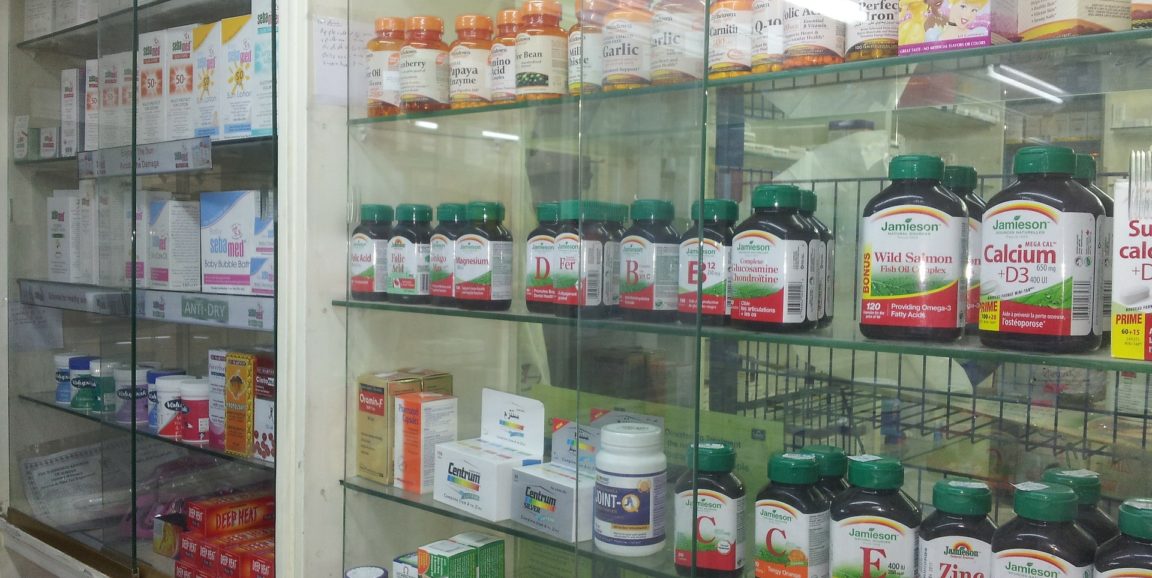Did you know that having prescription drug insurance does not guarantee that you save money on medications?
If you have a high-deductible health plan, you may be able to pay less for your prescription -- without using your insurance -- by visiting a pharmacy that offers transparent pricing or through a comparison service, such as GoodRx or Healthcare Bluebook. What's more, although copayments suggest that patients share costs with their insurers, a recent study found that for about one in four prescriptions, the copay was higher than what the insurer actually paid for the medication.
In short, the retail prices at pharmacies often bear no relationship to the actual market prices of the medications. How can this be?
The discrepancy derives from our country's complex system for financing and distributing pharmaceuticals. There are a number of players in this space: health insurance plans, of course -- private companies offering individual or employer-based plans, or managing benefits for government programs, such as Medicare. There are pharmacies. And there are the drug manufacturers. Coordinating among these entities, there are firms called pharmacy benefit managers, who work for insurers to administer the prescription drug portion of a health insurance plan.
As an intermediary, it's the job of the PBM to make sure covered patients have access to new drug therapies while also keeping an eye on spending for insurance companies or employers. Over time (PBMs originated in the late 1960s), their role has evolved and their influence has grown. Today, three main companies handle the lion's share of prescription claims. As I wrote recently with co-author, Matan Dabora, MD, these firms "set retail prices for pharmaceutical products, negotiate 'rebates' from drug manufacturers based on total sales volume of products, and achieve several types of post sale price concessions and payments from pharmacies."
A major tool used by PBMs is the formulary.
Formularies for drug plans are lists of preferred products established by PBMs. They can be open (including all medications on the market), or closed (a restricted list). Over time, the market has moved toward open formularies, but with multiple tiers, or lists of products assigned to a specific co-payment (fixed price for consumer) or co-insurance (percentage paid by consumer) strategy.
PBMs use placement on formulary tiers to negotiate with drug manufacturers. Better formulary placement -- or a lower out-of-pocket cost to the consumer -- means more sales of a product. In return, PBMs request price concessions from the pharmaceutical company.
These price concessions are based on the volume of sales of a product attributed to the individual PBM, and often take the form of a rebate from the manufacturer to the PBM for each unit of product sold. PBMs keep a portion of the rebate as revenue, and pass the remainder to their clients -- insurers or employers.
In most cases, patients do not directly benefit from these rebates, although insurers would argue that rebates can keep down the cost of health benefits for consumers.
Over time, there have been concerns that PBMs are distorting the prescription drug market, with increasing reports that drug manufacturers raise the price they charge consumers to allow for larger rebates to PBMs.
Our group found significant evidence of this when we examined annual reports of 13 major drug companies for the period 2011-2016. Overall, we found that while net revenues for these pharmaceutical firms grew by an average of 2.7 percent annually during the study period, rebates and other price concessions increased by 15 percent annually. In short, payments to PBMs and other intermediaries grew disproportionately to manufacturer net income.
This trend has not gone unnoticed by the Trump administration, which recently announced a proposal that would curtail PBMs' ability to accept drug company rebates on medications covered under Medicaid or Medicare. It's unclear how such a rule would play out -- whether this rule would lower the costs of medications for Medicare beneficiaries -- and equally unknown whether government leaders will adopt it as policy.
What we can say is PBMs are major beneficiaries of these arrangements. In 2016, Express Scripts reported net income of $3.4 billion -- compare that to health insurers Anthem ($2.5 billion), Aetna ($2.3 billion), Cigna ($1.9 billion), and Humana ($1.2 billion).
Though consumers may benefit by having an intermediary help to secure the best prices for medications, questions persist about how much should be paid for this service, and how transparent the whole market should be to all of us.
Kevin Schulman is a professor of medicine and clinical hospitalist at Stanford, and a professor, by courtesy, of economics at the Graduate School of Business. As a member of the Clinical Excellence Research Center, he studies ways to reduce the cost of high-quality care.
Photo by moakets






